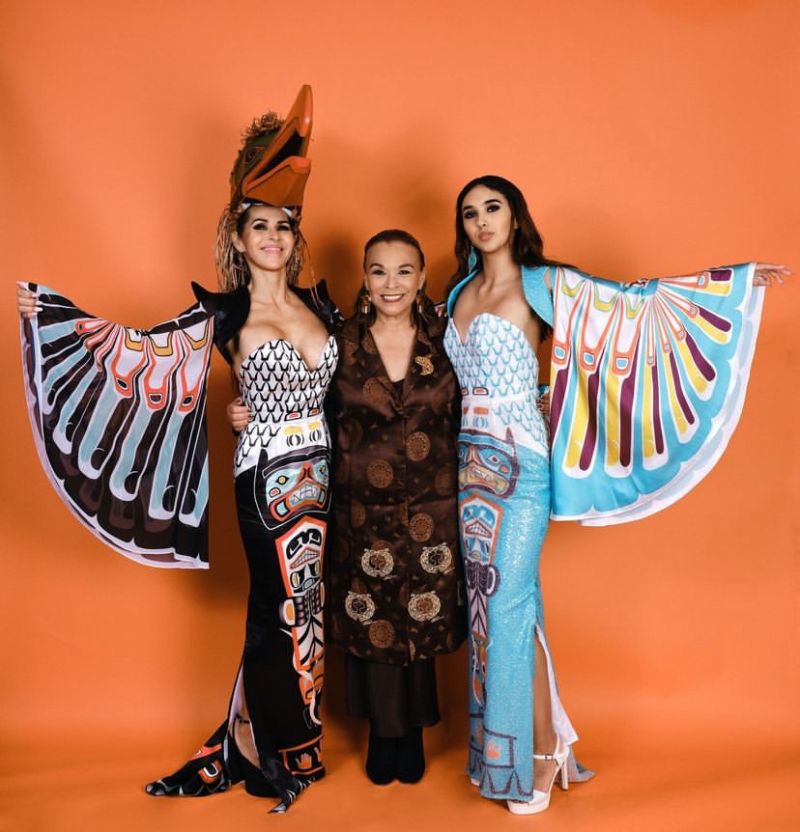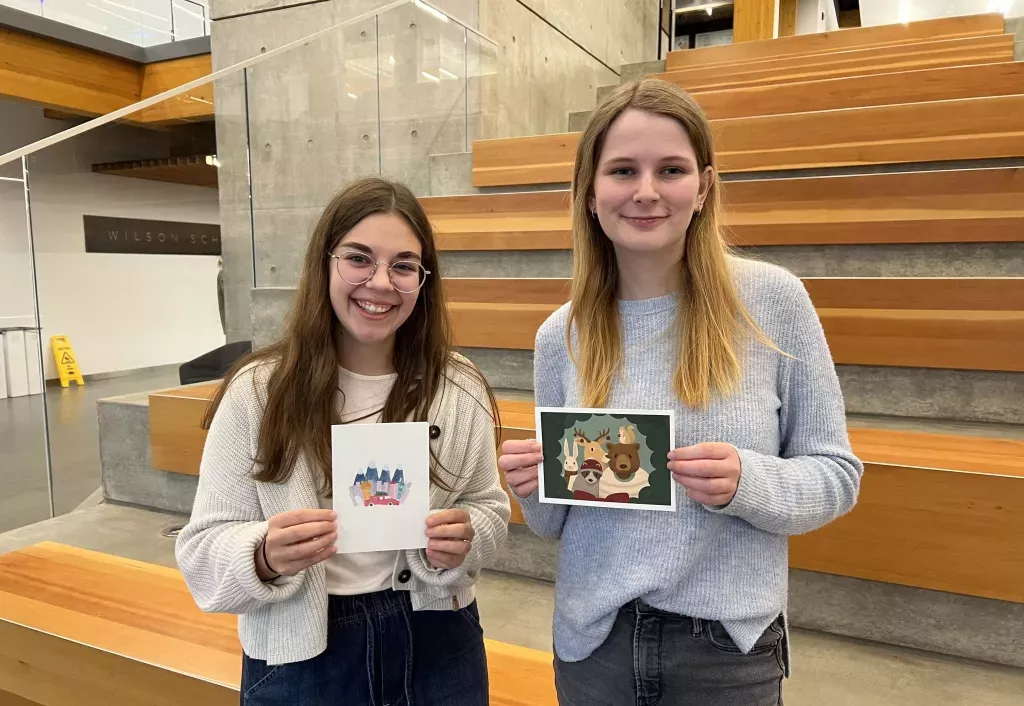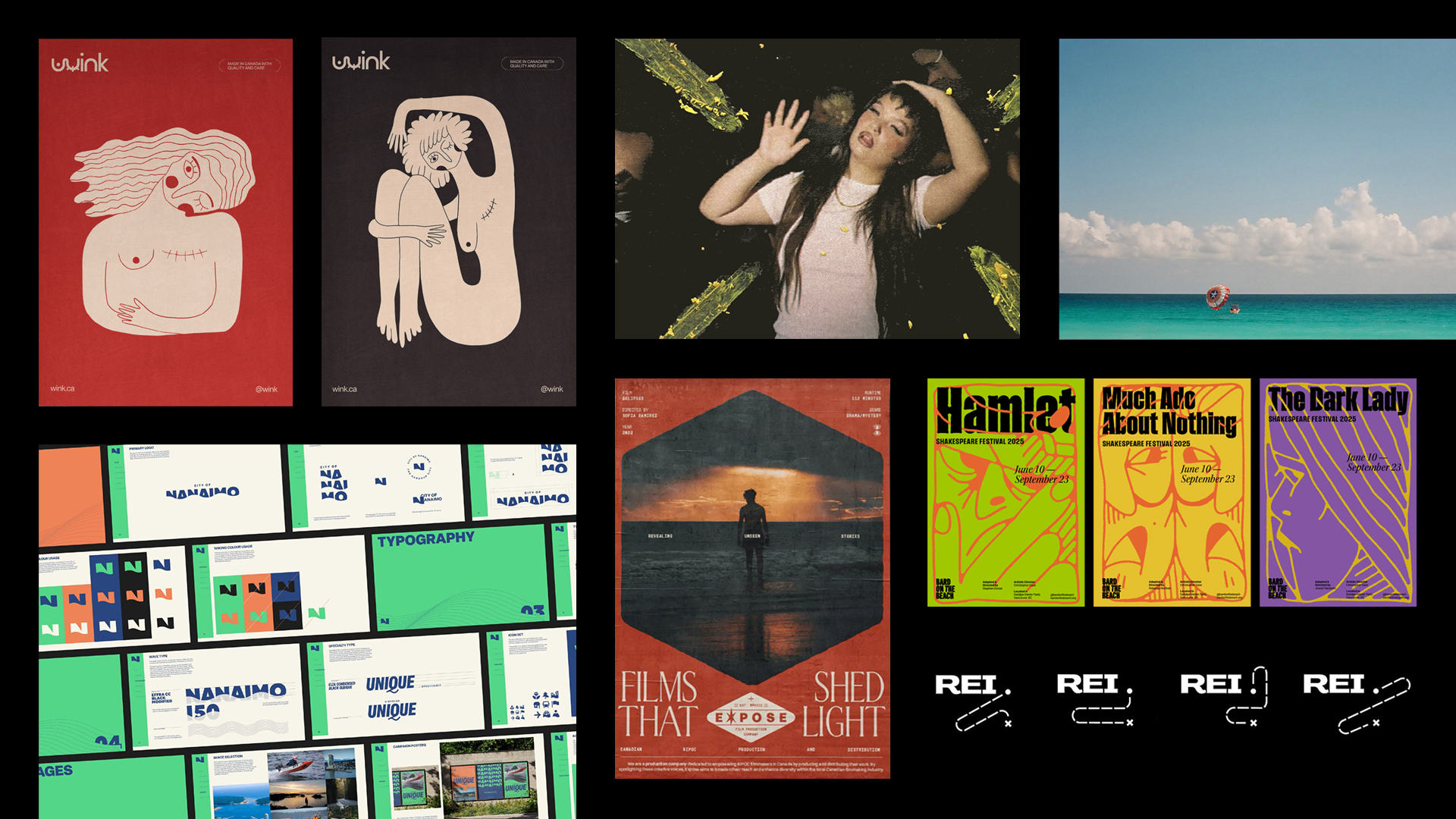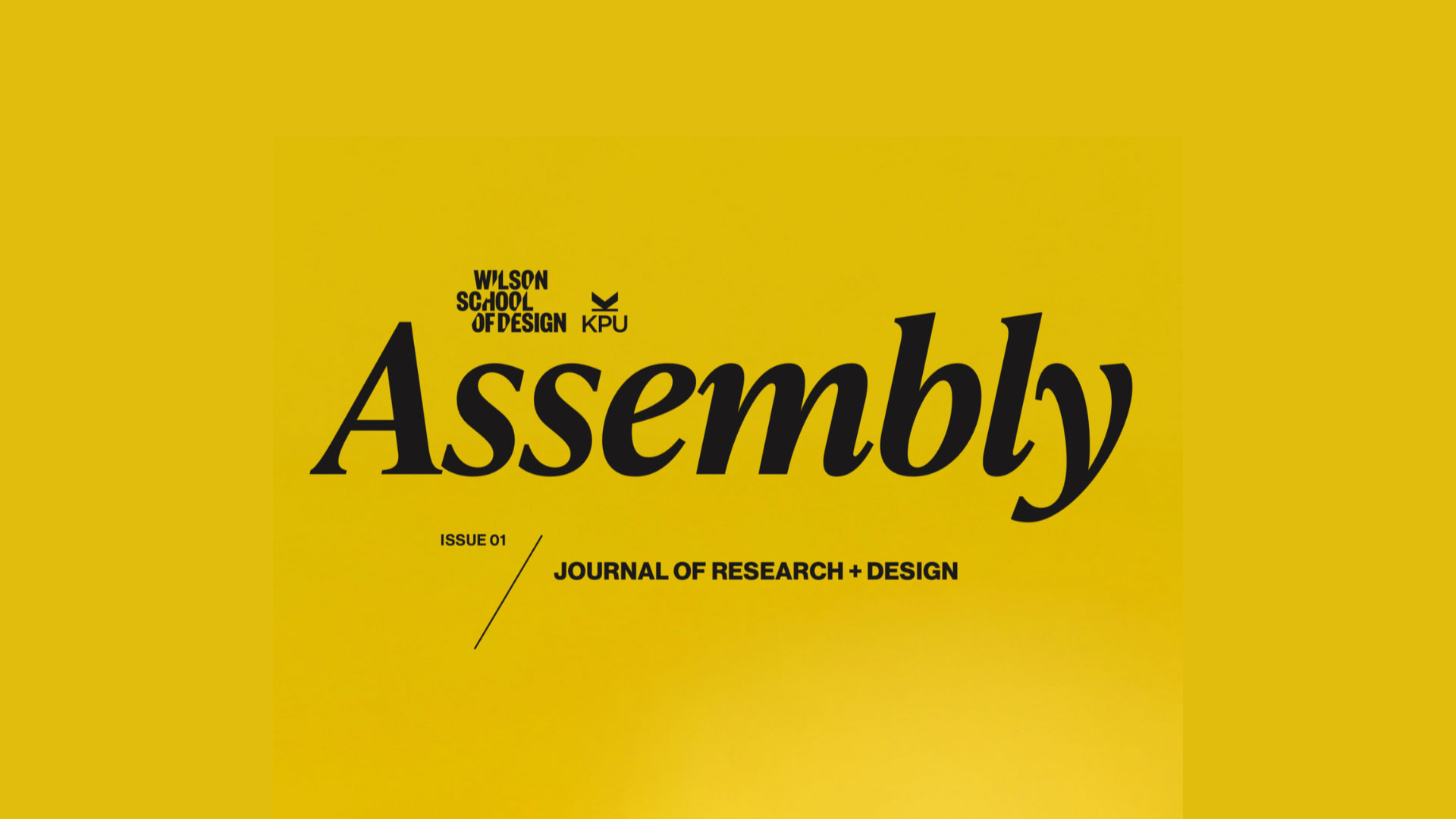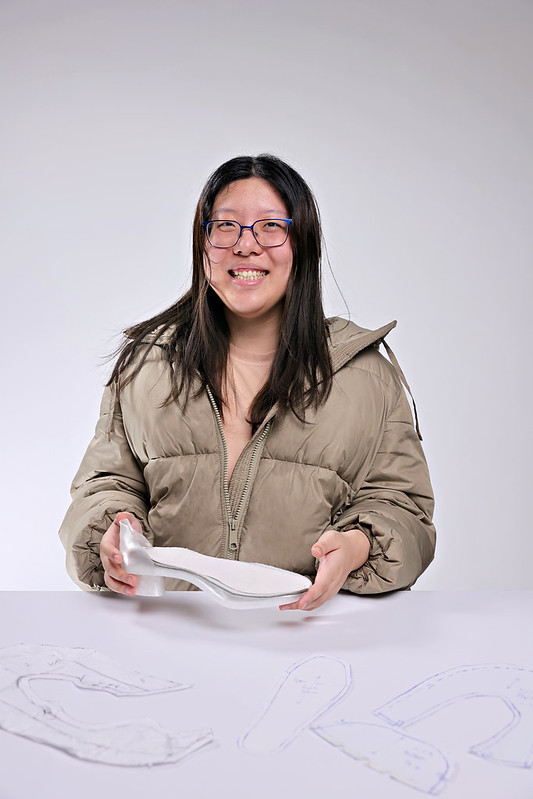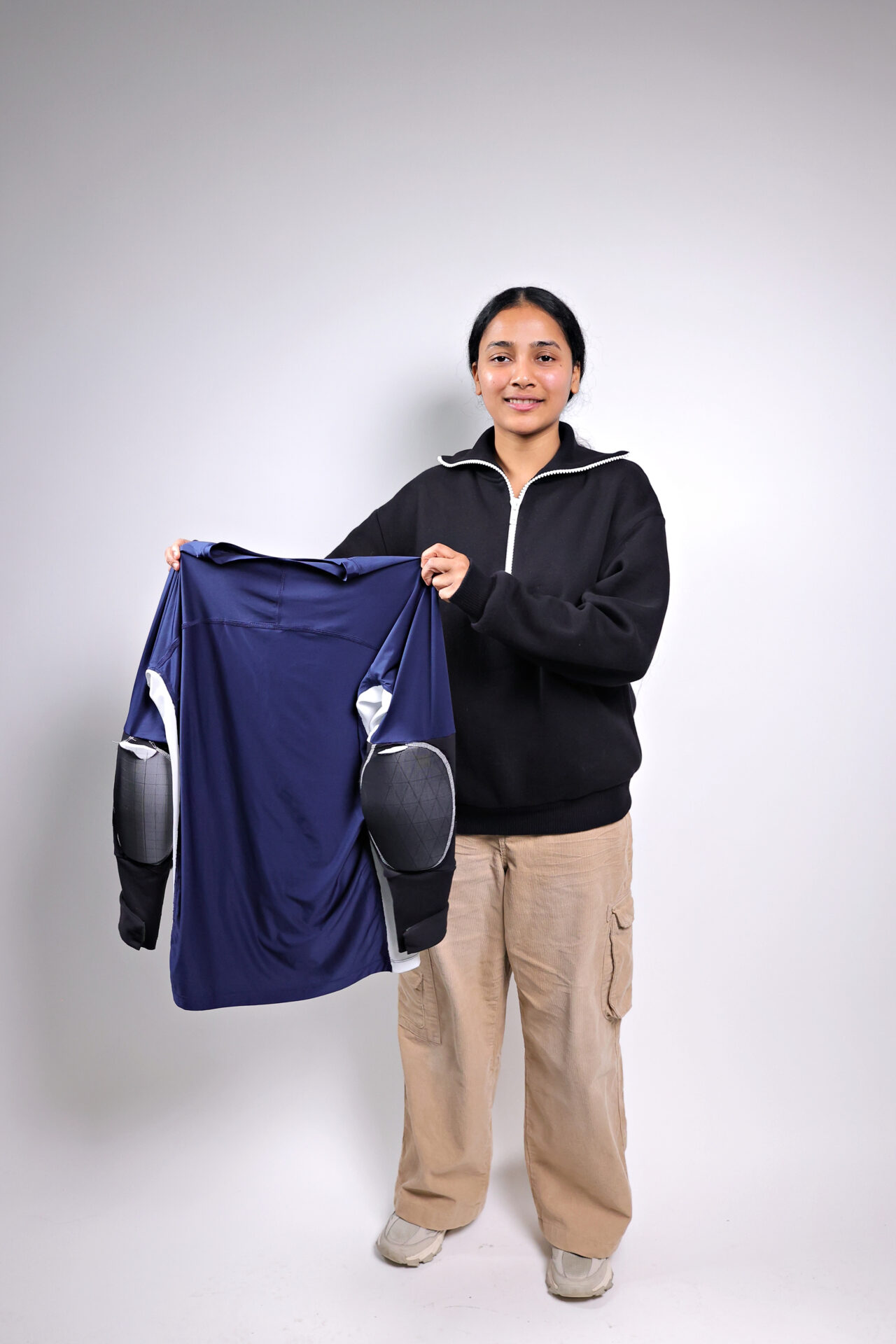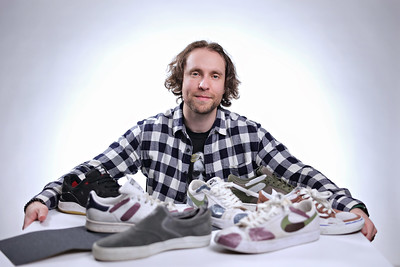We are so thrilled to have Pam Baker as our first Indigenous Designer in Residence. Our faculty and students are very lucky to have such a talented and insightful designer working with the Wilson School of Design. We are very excited to support the positive impact of this residency!
Born to the Squamish and Kwakwaka’wakw people, every piece designed by Pamela Baker, Himikalas, tells a story. It’s either a reflection of her father’s Coast Salish background, her mother’s Kwakwaka’wakw heritage or a tribute to her great-great-great-grandmother who was Tlingit from Alaska.
“I wasn’t born to be a designer, I was born to know about my traditional ways, my culture, my regalia. And I always wanted to place that artwork on clothing someday.”
A renowned Indigenous designer and fashion expert with 35 years of experience, Pamela Baker has taken on the role of the first Indigenous Designer in Residence at KPU’s Wilson School of Design. She is also a former student of the Squamish First Nation Foundations in Design cohort.
“We are honoured and delighted to reconnect with Pamela Baker and to have her join the Wilson School of Design as our very first Indigenous Designer in Residence,” shares Andhra Goundrey, Dean of the Wilson School of Design. “Our team is inspired by her story and accomplishments, and we are looking forward to learning and exploring together with her. We have some wonderful plans in place to engage with students, staff, and faculty through lectures and workshops and to reunite with participants of our Squamish First Nation Foundations in Design cohort.”
Throughout the spring term, Baker will offer student consultations, guest lectures and workshops and host designer discussions.
“It’s an opportunity to meet with young people and instructors to share my knowledge as a fashion designer and as a First Nations person,” says Baker, who has always been passionate about working with youth.
For over three decades, she has been teaching young Indigenous women modelling etiquette, hair care and makeup to help build their self-confidence and self-esteem. Baker also coaches basketball. “I’m a fashion designer and a jock,” she laughs. “It helps to get away from thinking about art 24/7.”
Through her work, Baker aims to educate the world that Indigenous people are still here despite hundreds of years of colonialism. The traditional knowledge she grew up with and her elders’ teachings are carefully woven into each of her designs.
“I still go to all my traditional potlatches, and I see the magic in the traditional big house,” says Baker. “And I do research – I observe what my family has the right to wear.”
In 2010, Baker was chosen as one of the top three designers in Canada for the Olympic fashion show. She created 40 pieces of regalia for the opening ceremony. She shares that it pushed her to delve deeper into her dad’s tribal arts, discovering diverse ways of weaving, art forms and their meanings. “It was phenomenal to see the work that my team did for the opening ceremonies,” recalls Baker.
The behind-the-scenes work of a designer, according to Baker, is a continuous process of thinking, planning, and coordinating. “Every day, every minute, every hour, I think about what I’m going to design next,” she says. “It involves being a really good coordinator.”
Baker’s advice for aspiring designers is to take a business class, as she believes having that tool can significantly improve their chances of success.
“Take advantage of all the teachings available at school. It will give you an extra step up in your skills and help you excel much quicker when you start implementing your work and ideas. You also need to turn your mind off sometimes to stay healthy, so find an outlet where you can achieve a healthy balance. It could be going out for a walk, playing sports or travelling. Just start, stay focused and have fun.”
